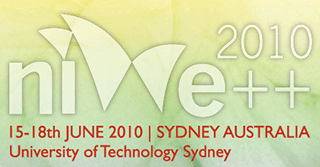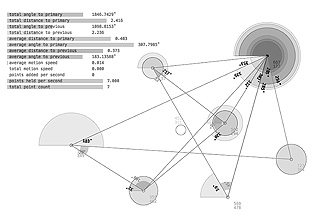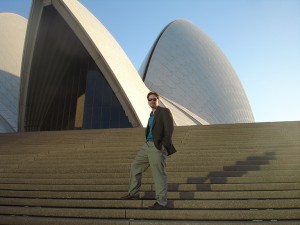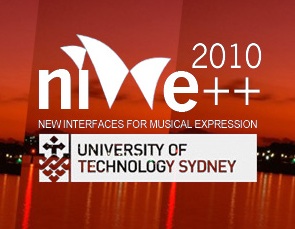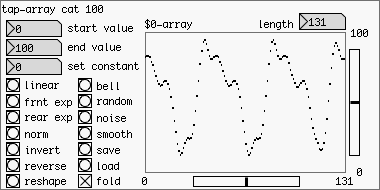I’ve finished two demos of a multitouch instrument I’ve been programming. You can see the videos on Vimeo:
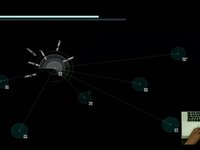
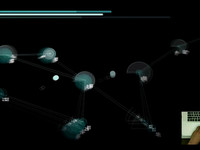
The synth uses the Macbook Pro trackpad, but it can accept any multitouch interface that adheres to the TUIO specification. I programmed the instrument to react to the relationships between the points, instead of simply mapping the multiple points’ coordinates directly to synthesizer parameters. This adds a level of interpretation to the raw multi-point stream, but the result is a much more dynamic instrument. MDrumSynth, for example, allows you to ‘mute’ the trackpad like a drumhead by holding down multiple fingers before tapping. I mapped that parameter to the long decay sound you can hear in the video.
I’m still very much in the development stages. There is a lot of polishing to do before I look into distributing the programs.

